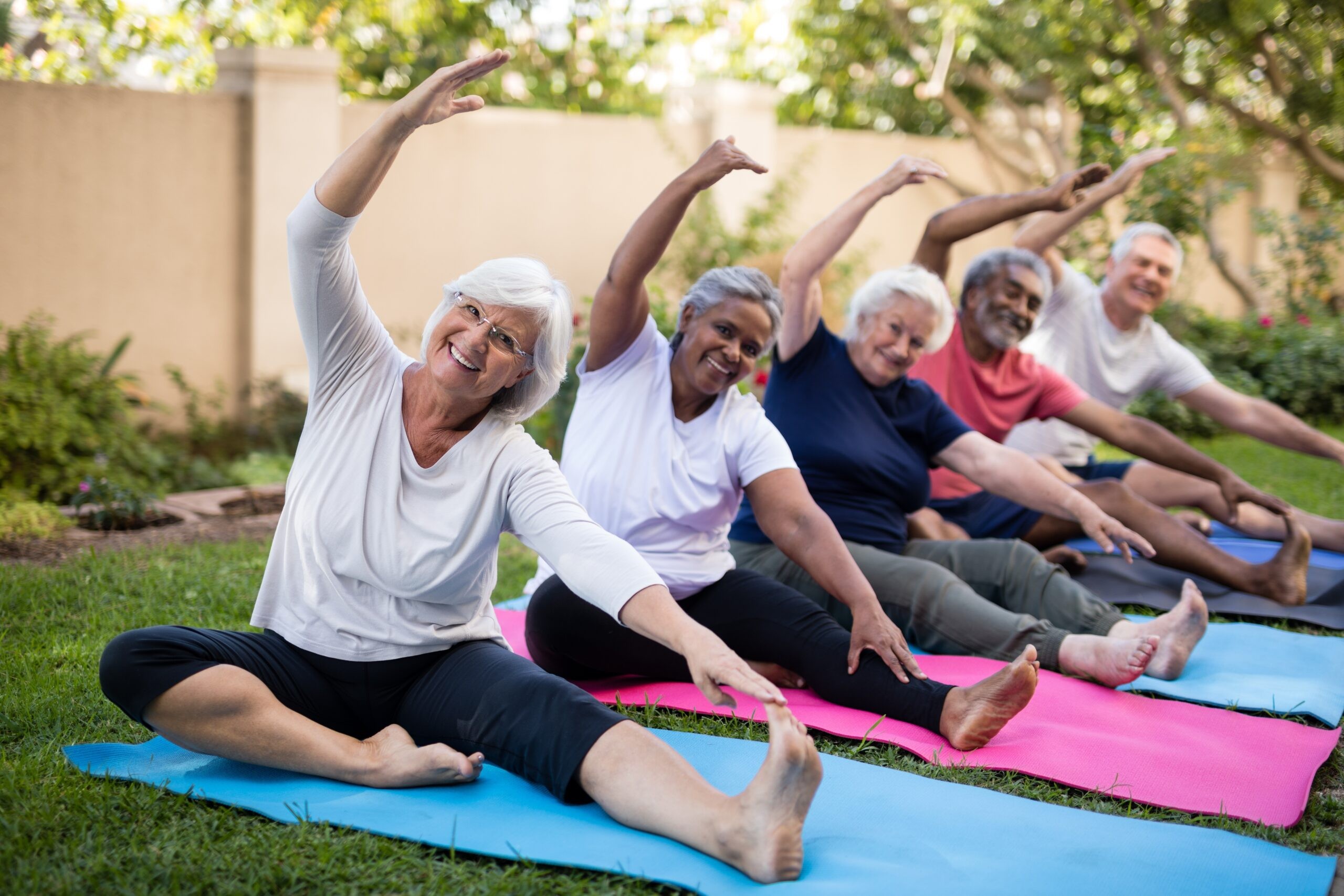FEATURED ARTICLES
- Details
- Written by Lisa Jillanza
Nearly every day we hear about our foods and how they are becoming laced with synthetic ingredients. If you want to avoid these synthetic ingredients you need to learn how to detoxify the foods you are eating and choose healthier foods.

Here are some suggestions to detoxify and eat healthier this year:
Clean Your Produce: Before eating or cooking with any fruits or vegetables be sure to wash them very well. Washing your fruits and veggies eliminates the chemicals and pathogens from your food’s surface and help to eliminate any harmful ingredients.
Avoid Cans: Cans are lined with a resin that contains bisphenol-A, a hormone-disrupting chemical. While many companies are working to eliminate these chemicals in their products, in the mean time you can avoid these chemicals by choosing frozen, fresh or dried foods.
Choose Whole Foods: Whole foods are not processed; therefore they have their own natural ingredients. Choose whole grains and look for food items that say “whole” on them … but be sure to check the labels, just to be sure.
Safer Seafood: We are exposed to a number of chemicals when we eat seafood, particularly methylmercury. Do your homework when shopping for seafood and choose seafood that has the lowest chemical and heavy metal amounts. Try choosing fish that are also caught without causing harm to the oceans.
Watch Your Animal Fat Intake: Do you know what’s in your animal fats? They are loaded with synthetic hormones, antibiotics, organochlorine chemicals, and other harmful pesticides. Look for low-fat options when buying your foods and be sure to trim all of the fat off of poultry and meats when you buy them.
- Details
- Written by Lisa Jillanza
The easiest way to kill your New Year’s resolution sometimes is to make one at all. So, why not make the switch in 2026 to not make a resolution, but choose a way to be a better person by making some inward and outward changes.

Some suggestions include:
Get more sleep. Besides helping you to feel energized during the day and improve your mood, getting more sleep can also aid in losing weight. Your body repairs and rejuvenates during sleep… even calcium is added to your bones while you sleep! Getting adequate sleep is the best way for your mind and body to be the best it can be. While optimum sleep time varies from person to person, the average is 4 to 11 hours each day. While getting to bed earlier is easier said than done, you should also avoid food for at least 2 hours prior to bedtime and eliminate all sources of light in your bedroom while you sleep.
Eat a fruit or a vegetable while every meal. Studies show that Americans eat fewer fruits and vegetables than other countries, and disease prevention is directly linked to consumption of fruits and vegetables. It seems like a no-brainer to get healthier through eating more fruits and vegetables, but for some it may be best to start small. For example, add a banana to your morning cereal or make sure to eat a salad prior to dinner.
Cook more at home. While relying on fast food can be a fast fix, it will have far more consequences on your health than benefits. Restaurant foods tend to be unhealthier and portion sizes way off than the norm. Cook healthier meals at home and leave restaurant meals to date nights or social nights.
Don’t be so hard on yourself. Resolve to change the way you think and talk about yourself this year. If you constantly put yourself down the more you will feel that way and act accordingly. Turn things around with positive thoughts.
- Details
- Written by Lisa Jillanza
Health experts are constantly conducting research and learning more and more about the benefits of exercise for the elderly. Sedentary adults are more likely to suffer from heart disease, diabetes, high blood pressure, certain cancers, and joint and muscle disorders.

To help ward off these conditions and to deal with the everyday wear and tear that aging has on our bodies, experts suggest that individuals over the age of 50 should consult their physician and a personal trainer to come up with a fitness plan that works for them.
Another condition that exercise for the elderly has proven to help is the arthritis-stricken population.
The appropriate exercises can reduce inflammation and relieve stiffness in those particular joints. It also increases flexibility, muscle strength, power and stamina.
Elderly adults who exercise also gains the benefits that their younger counterparts also gain including: weight control, the ability to manage daily stress and improved self-confidence.
Experts have also found that exercising as you age can also reduce the risk of premature death, can curb depression and minimizes the development of brittle bones.
- Details
- Written by Lisa Jillanza
If you are looking to “build a better butt” this year, then you simply need to add these butt-boosters to your daily workout!

(With all of these exercises aim for three sets of 15 reps)
Squats – Squats will always top the list of any butt building exercise plan, but you need to do them correctly.
Keep feet parallel, shoulder-width apart. Slowly lower the hips as if sitting in a chair; then return to standing. Make sure your knees do not push out in front of your toes. Keep your torso tight and back straight.
Ball Squats – If you are a beginner to squats, it could be beneficial to you to use a large ball to help you balance while you perfect your form.
Keep the ball between your low back and a wall. Slowly perform the classic squat. Walk your feet out in front so the knees stay behind your toes.
Forward Lunge – Besides toning your butt, the forward lunge also tones the thighs and calves.
With your feet parallel and hip-distance apart, take one giant step forward. Lower your body slowly, bending both knees, and return to standing. Repeat on the other side. Bend your knees no more than 90 degrees. Keep your front knee stacked right over your front ankle. Do not rest your back knee on the ground.
Backward Lunge – Or you could also try a backwards lunge because it works your glutes a little bit harder than the forward variety. This lunge also adds flexibility to the hips and helps to align your body better, a common problem for people who spend most of their day sitting at a desk.
Use the same posture as in a forward lunge, but step backward to position the lower leg. Don't let the front knee push out in front of your toes.
- Details
- Written by Lisa Jillanza
Besides being an excellent source of Omega-3 Fatty Acids, salmon is also full of high-quality proteins and low in saturated fat.

- Salmon has nearly a third of the saturated fat of lean ground beef and 50 percent less saturated fat than chicken, making it one of the healthiest items that you could eat.
- Salmon is also low in calories. One serving contains approximately 183 calories, making it one of the lowest in calories among other fish.
- Salmon contains sufficient amounts of every essential amino acid required by our bodies for growth and the upkeep of muscle tissue.
Recipe: Honey-Soy Broiled Salmon
- 1 scallion, minced
- 2 tablespoons reduced-sodium soy sauce
- 1 tablespoon rice vinegar
- 1 tablespoon honey
- 1 teaspoon minced fresh ginger
- 1 pound center-cut salmon fillet, skinned and cut into four portions
- 1 teaspoon toasted sesame seeds
Whisk scallion, soy sauce, vinegar, honey and ginger in a medium bowl until the honey is dissolved. Place salmon in a sealable plastic bag, add 3 tablespoons of the sauce and refrigerate; let marinate for 15 minutes. Reserve the remaining sauce. Preheat broiler. Line a small baking pan with foil and coat with cooking spray. Transfer the salmon to the pan, skinned-side down. (Discard the marinade.) Broil the salmon 4 to 6 inches from the heat source until cooked through, 6 to 10 minutes. Drizzle with the reserved sauce and garnish with sesame seeds.
Recipe: Smoked Salmon Dip
- 8 oz. cream cheese, at room temperature
- ½ cup sour cream
- 1 tablespoon freshly squeezed lemon juice
- 1 tablespoon minced fresh dill
- 1 teaspoon prepared horseradish, drained
- ½ teaspoon kosher salt
- ¼ teaspoon freshly ground black pepper
- 4 oz. smoked salmon, minced
Cream the cheese in an electric mixer fitted with a paddle attachment until just smooth. Add the sour cream, lemon juice, dill, horseradish, salt and pepper, and mix. Add the smoked salmon and mix well. Chill and serve with crudités or crackers.

